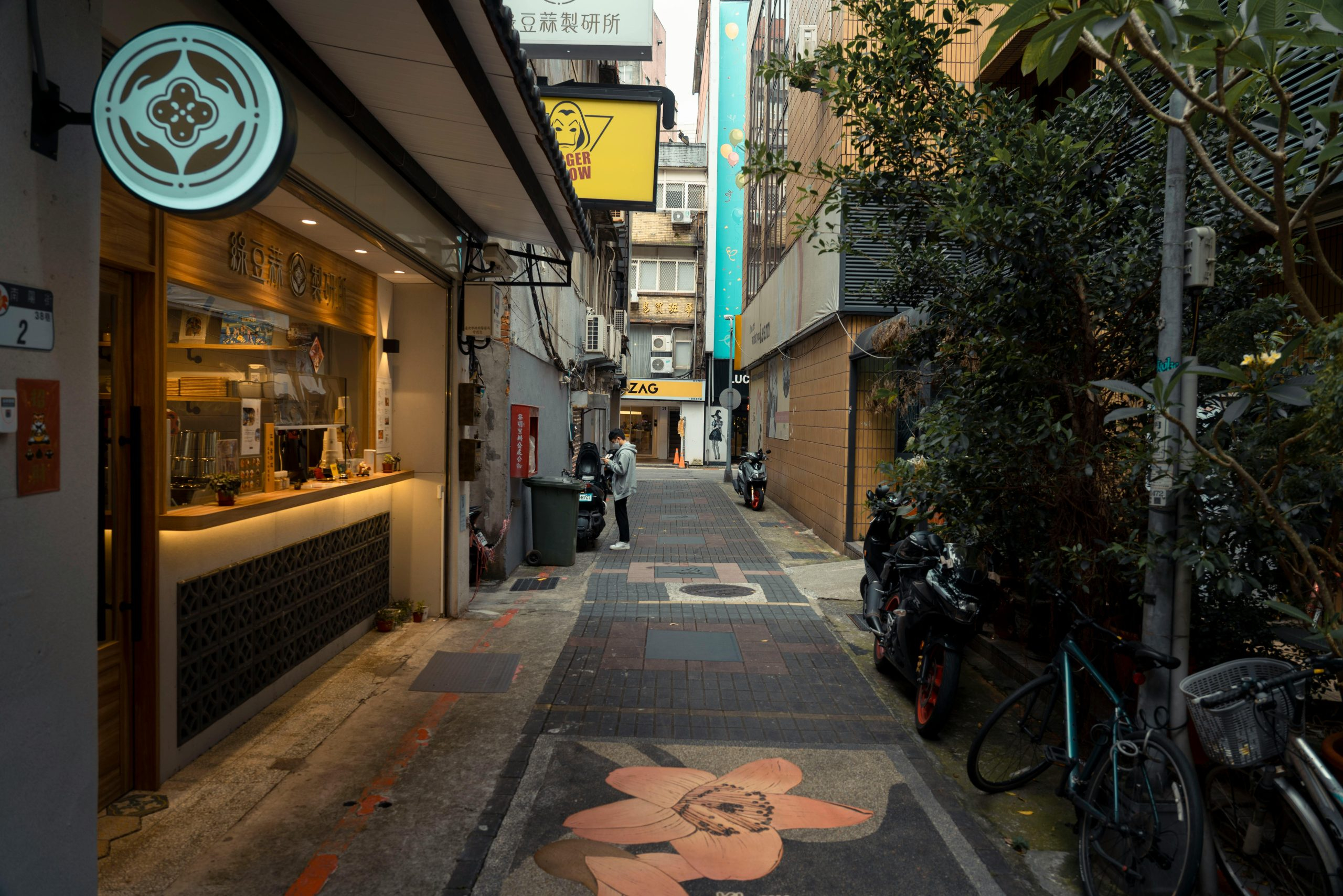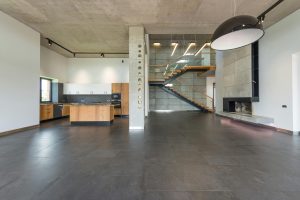Shopping Malls Reimagined as Residential Communities
Shopping malls have long been considered a hub for consumerism, with aisles of stores beckoning shoppers to spend their hard-earned money. However, as the retail industry has faced numerous challenges in recent years, many malls have struggled to survive. In the midst of this changing landscape, a new trend has emerged – shopping malls reimagined as residential communities. This innovative concept is not only revitalizing struggling malls, but it is also transforming the way we view these once bustling centers of commerce.
The Decline of Shopping Malls
The rise of online shopping and the changing habits of consumers have greatly impacted the traditional brick-and-mortar retail industry. In fact, according to data from Coresight Research, over 9,500 stores closed in the United States in 2019, with over 5,800 additional store closures announced in 2020. As a result, many shopping malls across the country have seen a decline in foot traffic and an increase in vacancy rates.
While some experts predict that the worst may still be yet to come for shopping malls, others are looking to innovative solutions to revive these once bustling centers of commerce. One such solution is the reimagination of shopping malls as residential communities.
Shopping Malls Reimagined as Residential Communities
The idea of turning shopping malls into residential communities is not a new one. In fact, it has been successfully implemented in Asia for decades. However, it is only in recent years that this trend has gained traction in the United States.
The concept is simple – instead of just focusing on retail and commercial spaces, these reimagined shopping malls incorporate residential units as well. This means that in addition to shops, restaurants, and entertainment venues, these malls also offer residents a place to live.
One example of this concept is the American Dream complex in New Jersey. Originally planned as a large-scale retail and entertainment center, the project was reimagined to include nearly 1,000 residential units in addition to the traditional mall offerings. This shift in focus is a reflection of changing consumer preferences – people are looking for more than just a place to shop, they want a sense of community and convenience.
The Benefits of Shopping Malls Reimagined as Residential Communities
There are numerous benefits to this innovative concept, both for consumers and for the retail industry as a whole. For consumers, the most obvious benefit is convenience. With both retail and living spaces in the same location, residents have access to everything they need without having to leave the complex. This is particularly appealing in urban areas where space is limited and residents are looking for convenience and accessibility.
From a financial perspective, this concept is also beneficial for retail developers and owners. By incorporating residential units, malls can increase their revenue streams, especially as traditional retail spaces continue to struggle. In addition, this mixed-use approach can attract a new type of tenant – young professionals and families – who may be drawn to the convenience and community aspect of these reimagined shopping malls.
Conclusion
As the retail industry continues to evolve and adapt to changing consumer habits, shopping malls are also in need of transformation. With the trend of shopping malls reimagined as residential communities gaining momentum, this innovative concept offers a promising solution for struggling malls. By incorporating residential units, these malls are able to attract a new demographic of residents and generate additional revenue streams. As more and more malls embrace this trend, the future looks bright for these once struggling shopping centers.











